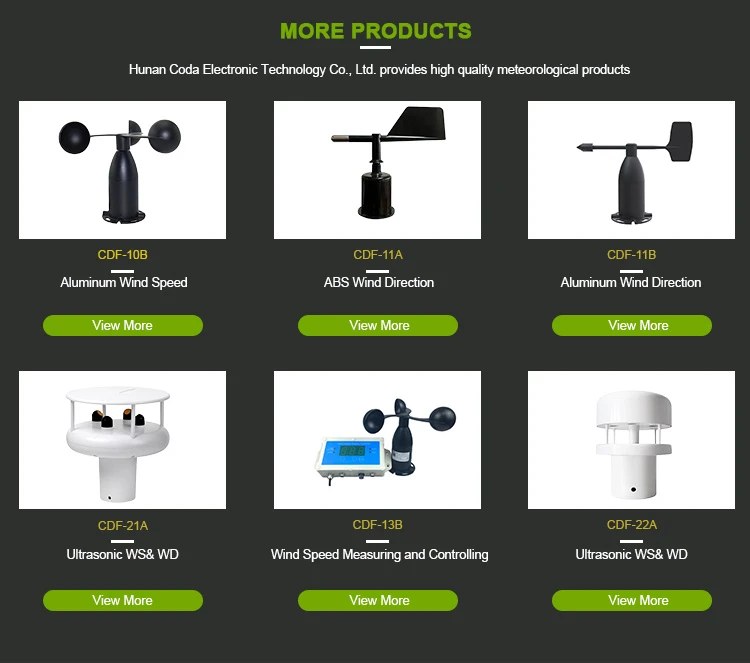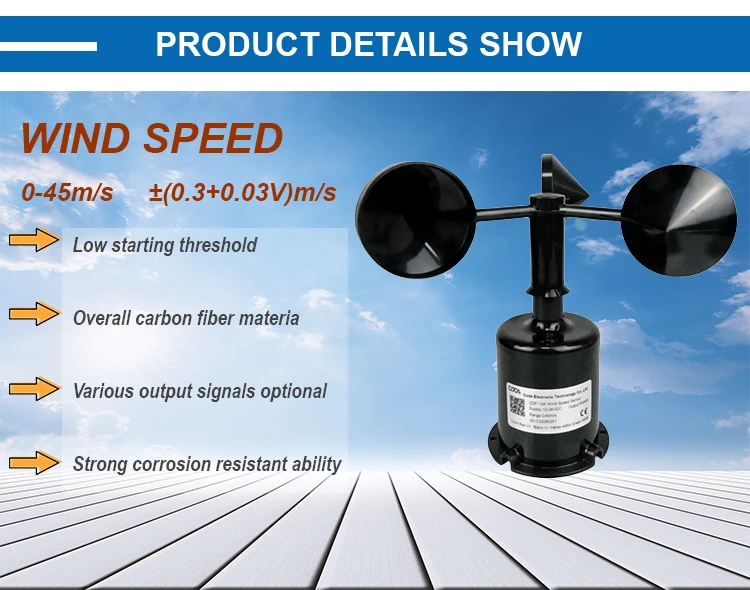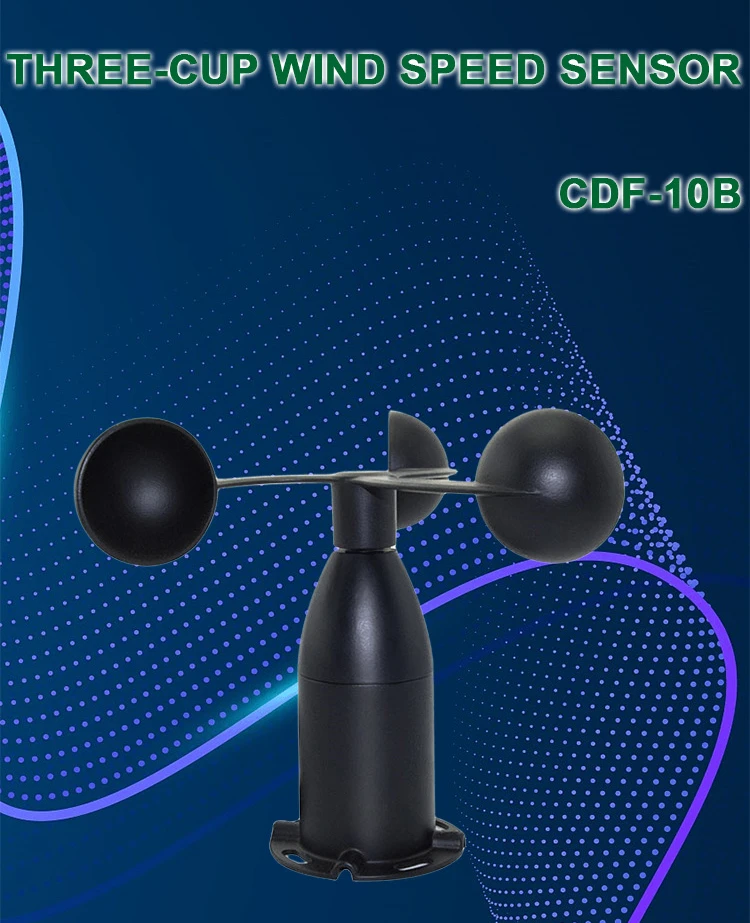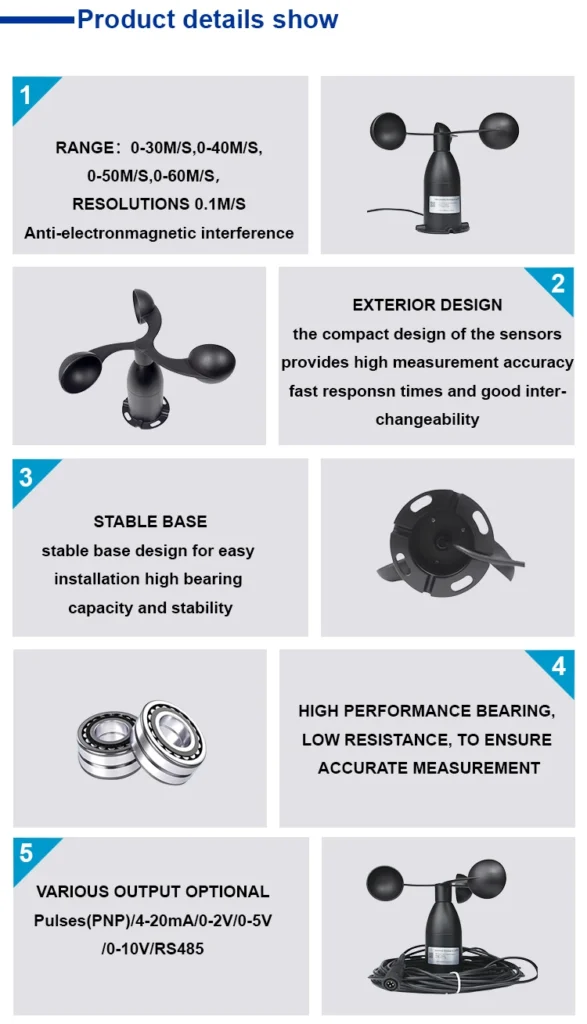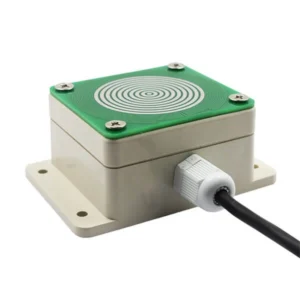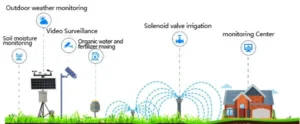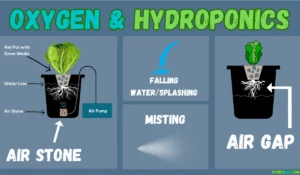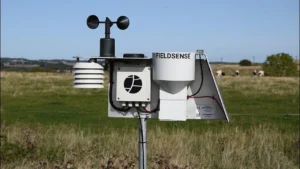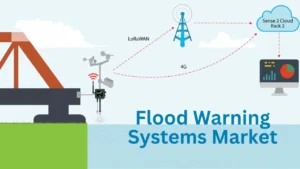What are the 10 uses of anemometer?
What are anemometers used for? An anemometer is a tool that measures the speed of the wind. It has many uses in different fields. Here are 10 key uses of an anemometer:
1. **Meteorology**:
Anemometers are critical tools in weather forecasting and climate research. Meteorological stations, research centers, and weather services use them to measure speed of the wind and direction. This helps us make good predictions and study the climate over a long time.
2. **Aerospace**:
In the aviation industry, cup anemometers are used to measure wind speed. This helps make takeoffs, landings, and flights safe. They also check the air flow in the engine intakes. This ensures the engines work well.
3. **Construction**:
During building design and construction, a hot wire anemometer measures wind loads. This checks how strong the building is and how well it can stand against the wind. You can also use them to check how well the ventilation works. This makes the air inside better and saves energy.
4. **Environmental Monitoring Wind**:
In environmental science, an anemometer is a device that measures how fast the wind blows. They help track how pollutants spread in the air. Researchers also use them in natural places like forests, oceans, and lakes. This helps study how wind affects ecosystems.
5. **Outdoor Sports**:
For sports like sailing, kite surfing, and paragliding, it is very important to know the wind. Athletes and trainers use anemometers. These tools help them decide when to act and what strategy to use.
6. **Agriculture and Horticulture**:
Farmers and gardeners use anemometers to check the wind speed. This helps them protect their crops and plan their tasks. They can choose when to spray pesticides or put up windbreaks.
7. **Renewable Energy**:
In the energy sector, anemometers are key for wind and solar power projects. They measure wind strength to find the best spots for turbines and boost energy production.
8. **Maritime Operations**:
Ports and ships need precise wind measurements. This helps make docking and navigation safe. Anemometers help adjust docking positions and make anchoring plans.
9. **Fire Control & Risk Assessment**:
Wind speed and direction measurements has a big impact on how wildfires spread. Firefighters use an anemometer to predict how a fire will act. This helps them plan well and respond safely.
10. **HVAC Systems**:
In factories, tube anemometers are used to measure airflow. They are used in heating, ventilation, and air conditioning systems, known as HVAC. This improves indoor air quality, saves energy, and makes people inside more comfortable.
These examples show how anemometers can be used. As technology improves, new ways to use this tool keep coming up in various industries.
Mechanical Vane & Sonic anemometers
To summarize how anemometers are used, we first look at their main job: measuring air flow. This includes how fast the wind blows and which way it goes. Anemometers are important tools in weather science, flying, and renewable energy.
It is important to know the different types of anemometers. Their designs change to suit different situations. There are two common types of anemometers.
They are mechanical vane anemometers and sonic anemometers. These types do not use any mechanical parts.
Vane anemometers use moving parts to work. They often have horizontal arms with cups or vanes attached. When the wind blows on the cups, the arms spin. The speed of rotation depends on how fast the wind blows.
This mechanical design is affordable and strong. It is great for daily tasks. You can use it to test HVAC systems. You can also check the wind at construction sites.
However, their moving parts can get worn out as time goes by. This means they need regular care to stay accurate.
Sonic anemometers do not have moving parts. They use sound waves to measure the wind accurately. They work by sending sound pulses between two or more transducers.
conclusion
Wind changes how long it takes for sound to travel. Sound moves faster when the wind is blowing in the same direction. It moves slower when the wind is against it.
The anemometer measures time differences. It uses this information to find the speed and direction of air flow. This design works well in tough places, like high-altitude weather stations or offshore wind farms. Here, mechanical wear is a risk, and high accuracy is very important.
To make sure they are accurate, all anemometers are tested in a wind tunnel. This is a controlled space that creates steady, known wind speeds.
This process makes sure anemometers change air flow into data we can measure. It works like other anemometers. They change wind energy or sound waves into clear signals.
Anemometers are often used with a wind vane. The wind vane shows which way the wind is blowing. Together, they help us understand how the wind behaves.
Anemometers come in different types to meet various needs. Vane types are simple and affordable. Sonic types provide accuracy and long-lasting use. With wind tunnel tests and wind vanes, they are essential for safely and effectively managing air flow in many uses.
